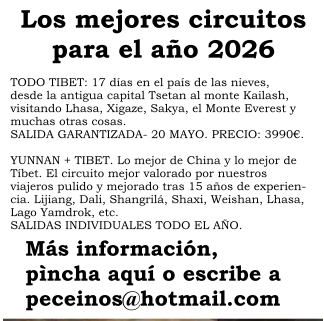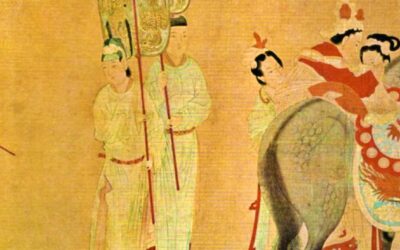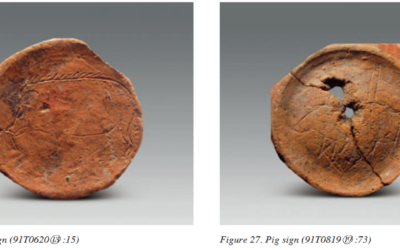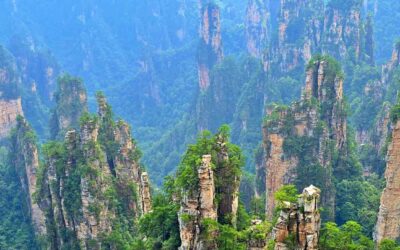The Dong are one of the minorities of China with a large population. According to the census of the year 2000 their population was 3,000,000 people.
They live mainly in Guizhou Province (approximately 1,800,000 people), along a fringe of flat lands that cross the province from north to south. There is also a big Dong population in the southern part of neighboring Hunan Province (about 900,000), and more than 200,000 persons in Guangxi Zhuang Autonomous Region, and a few thousand in Hubei Province (Enshi Prefecture).
The Dong, as do most of the peoples related to them, live near the rivers or in hills generally not of great height. They mainly cultivate rice. They raise domestic animals, especially hens and pigs. The exploitation of the forests, which holds a special spiritual relationship with the Dong, is an activity of economic importance.
They refer to themselves as «Kam.»
It is generally considered that there are two quite different types of Dong, the Dong of the North and the Dong of the South.
There are important linguistic and cultural differences between them. In general those of the north have received more influences from mainstream Chinese culture, while those of the south better conserve the Dong traditions. The typical monuments of the Dong, such as Drum Towers, Bridges of Rain and Wind, and the Temples of the Goddess Mother Sama, are all characteristic of the Dong of the South.
Their language belongs to the Sino-Tibetan family, Dong Dai branch, Zhuang Dong sub-branch. It has two main dialects, understandably called the northern and southern dialects, whose speakers cannot understand each other easily. Each one of these dialects has in turn three clearly differentiated local sub-dialects.
After 1958 an alphabet was invented for their language, but it has not been widely used. Before 1958, they used Chinese characters adapted to their own language.
More posts on China ethnic groups
El Dios de los Caballos era de los más populares de China
El Dios de los Caballos era de los más populares de China Si alguien vivita la Gran Muralla China en Juyungguan, el punto más cercano a Beijing y uno de los más interesantes, y tiene tiempo de explorar el conjunto de construcciones con un poco de calma, algo que...
Las pinturas de la disciplina en los templos tibetanos
Las pinturas de la disciplina en los templos tibetanos Entre las pinturas de deidades y protectores y otros asuntos filosóficos que habitualmente decoran la entrada a un templo budista tibetana, destaca la presencia, en algunos de ellos de unas pinturas completamente...
La belleza del Lago Yamdrok
La belleza del Lago Yamdrok El lago Yamdrok es uno de los cuatro lagos sagrados más importantes de Tíbet, el más cercano a la capital y el más visitado. Tiene forma de abanico abierto hacia el sur, y se despliega durante 130 km de este a oeste y 70 de...
Los signos de Shuangdun y el origen de la escritura china
Los signos de Shuangdun y el origen de la escritura china Cuando se habla del origen de la escritura china, casi siempre se piensa en los huesos oraculares de la dinastía Shang. Sin embargo, miles de años antes de que esos caracteres fueran grabados sobre caparazones...
Zhangjiajie. El paisaje sublime de la película Avatar
Zhangjiajie. El paisaje sublime de la película Avatar Zhangjiajie es ahora uno de mis destinos favoritos en China. No sólo cuenta con algunos de los mejores paisajes de China, sino que en los últimos años ha seguido trabajando para convertir a estos lugares en...
Los gecos y la “marca de la castidad” en la antigua China: historia, creencias y simbología
Los gecos y la “marca de la castidad” en la antigua China: historia, creencias y simbología ¿Sabías que en la China imperial se usaron salamanquesas —o gecos— como un método para comprobar la virginidad femenina?Esta sorprendente práctica, documentada durante más de...







